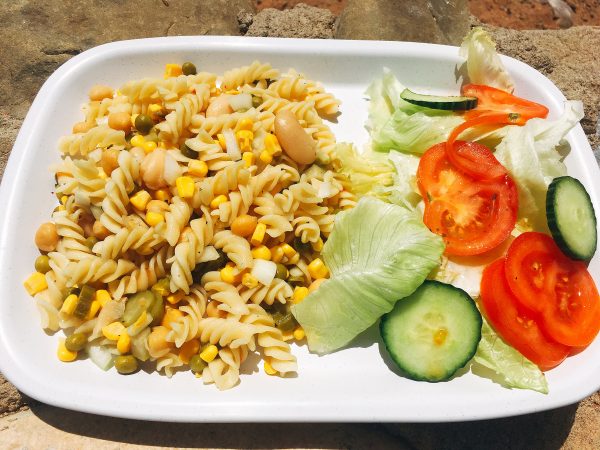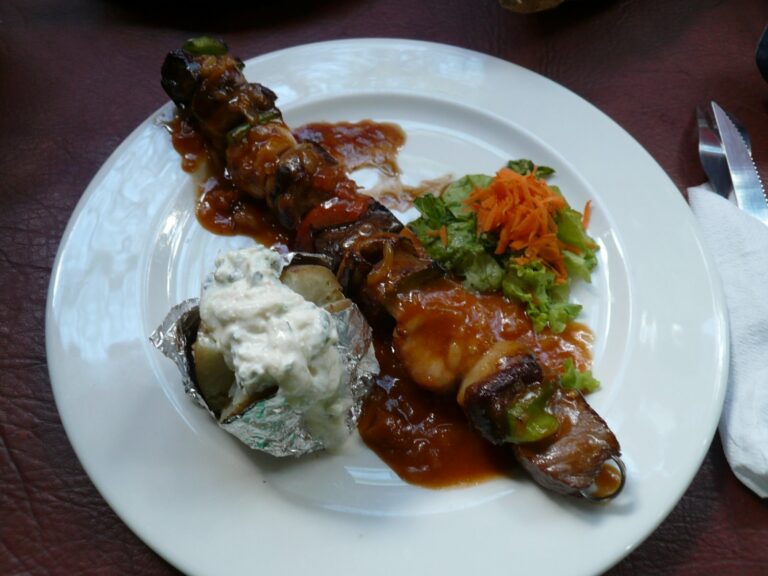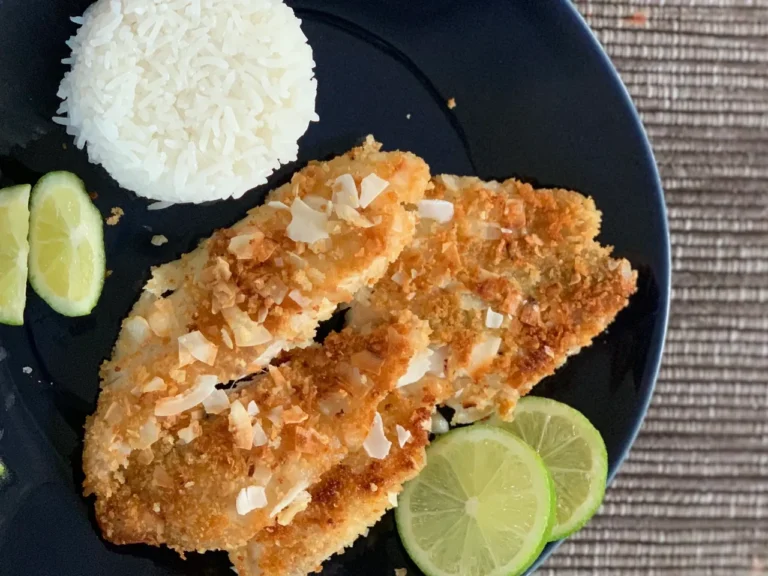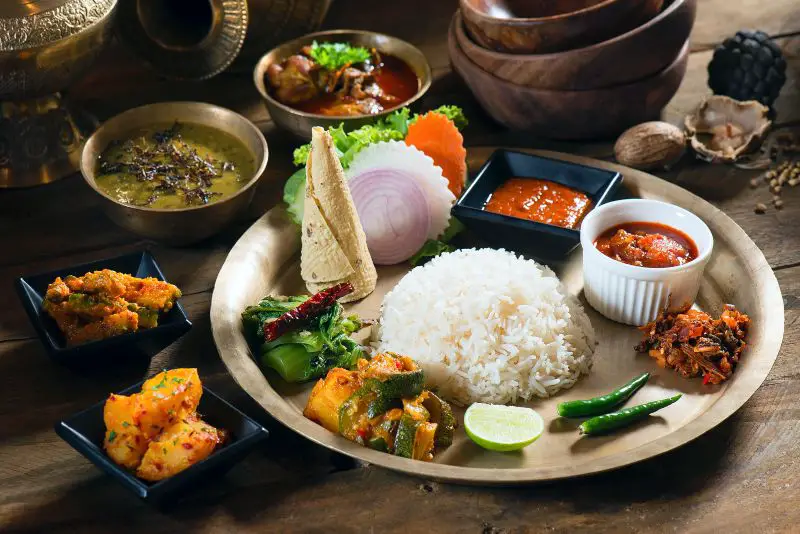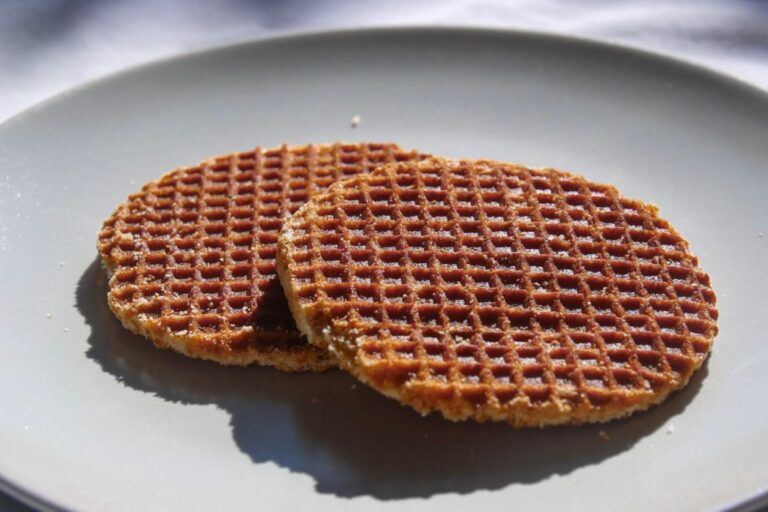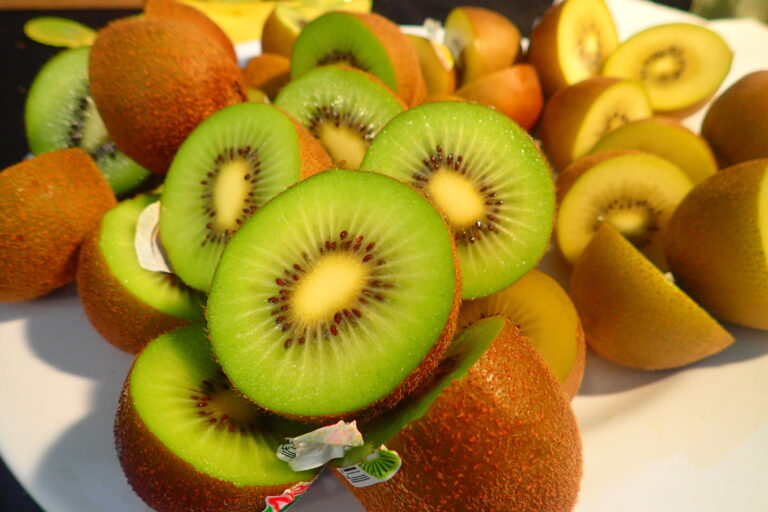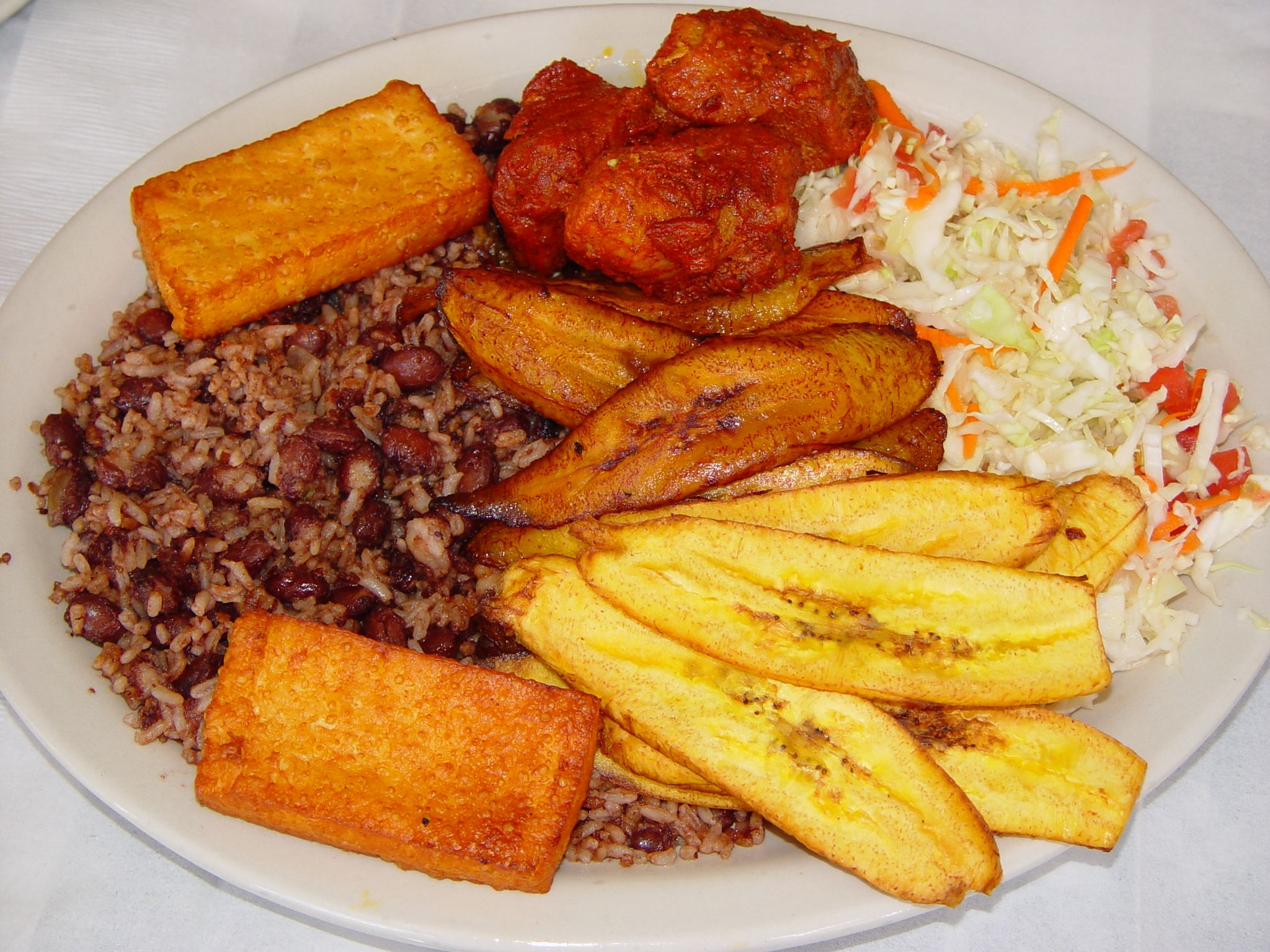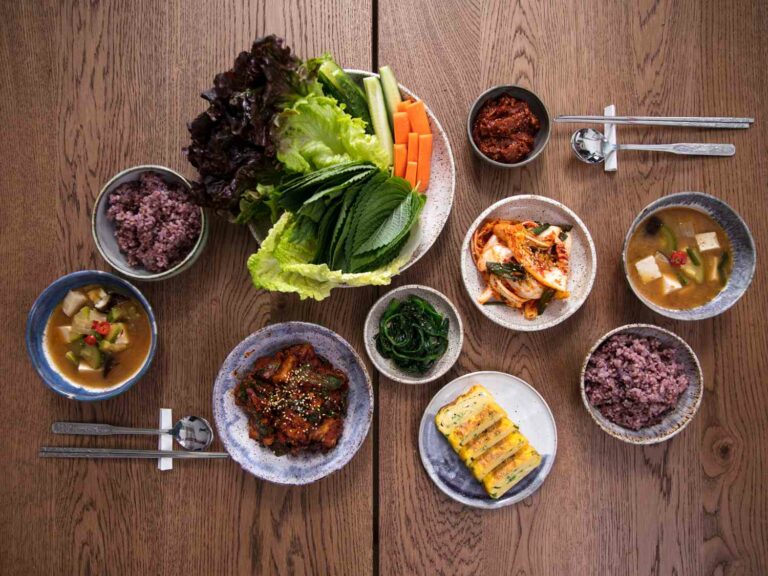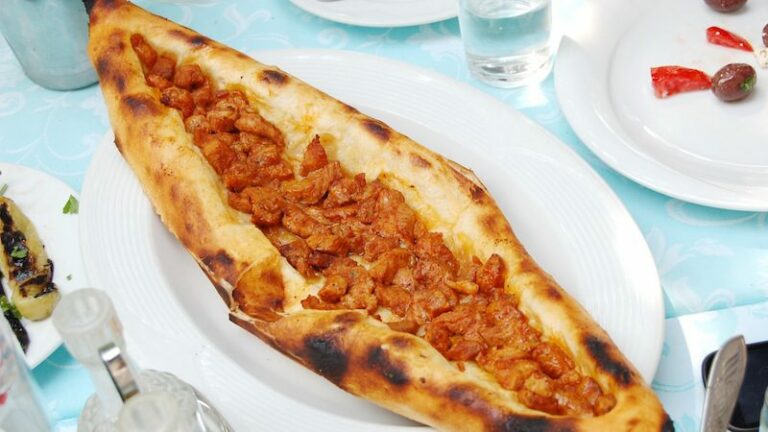Introduction: Dietary restrictions and Myanmar cuisine
Myanmar cuisine is a fusion of flavors and styles from neighboring countries like India, China, and Thailand. The cuisine is known for its variety of spices, herbs, and vegetables, making it a great option for those with dietary restrictions. Myanmar cuisine is also influenced by Buddhist culture, which means that it has a range of vegetarian and vegan options available. In this article, we will suggest some Myanmar dishes that are suitable for those with dietary restrictions, such as gluten-free or vegetarian options.
Gluten-free options in Myanmar cuisine
Gluten-free eaters can take advantage of the rice-based dishes that are common in Myanmar cuisine. One example is mohinga, a popular breakfast dish that is made with rice noodles, fish broth, and a variety of toppings like hard-boiled eggs, fried onions, and coriander. Another option is shan khao swe, an iconic dish from the Shan state that features rice noodles in a coconut milk and turmeric broth, served with a variety of toppings like chili flakes, lime, and peanuts.
Vegetarian dishes in Myanmar cuisine
Myanmar cuisine includes a range of vegetarian dishes, thanks to the influence of Buddhist culture. One example is laphet thote, a salad made with fermented tea leaves, tomatoes, peanuts, and garlic. Another is nangyi thoke, a salad made with rice noodles, tofu, and a variety of vegetables like lettuce, cabbage, and bean sprouts. For something heartier, try a vegetable curry like aloo hin, made with potatoes, peas, and spices like cumin and coriander.
Vegan options for Myanmar cuisine
Vegans can also enjoy many dishes from Myanmar cuisine. One example is samusa thote, a salad made with broken samosas, lentils, and a variety of vegetables like onions, tomatoes, and cilantro. Another option is mohinga made with vegetable broth instead of fish broth. Additionally, try out yunzhi kyaw, a dish made with fried mushrooms, garlic, and chili flakes.
Halal and Kosher-friendly dishes in Myanmar
For those following halal or kosher diets, Myanmar cuisine has some options available as well. One example is mutton biryani, a flavorful rice dish made with marinated mutton, spices, and saffron. Another option is chicken shan khao swe, which is made with halal chicken and a coconut milk and turmeric broth.
Conclusion: Enjoying Myanmar cuisine with dietary restrictions
Myanmar cuisine has many options available for those with dietary restrictions. Whether you are gluten-free, vegetarian, vegan, or following a halal or kosher diet, there are many delicious dishes to enjoy. With its fusion of flavors and spices, Myanmar cuisine is a great way to explore new tastes and ingredients while still maintaining your dietary preferences.

